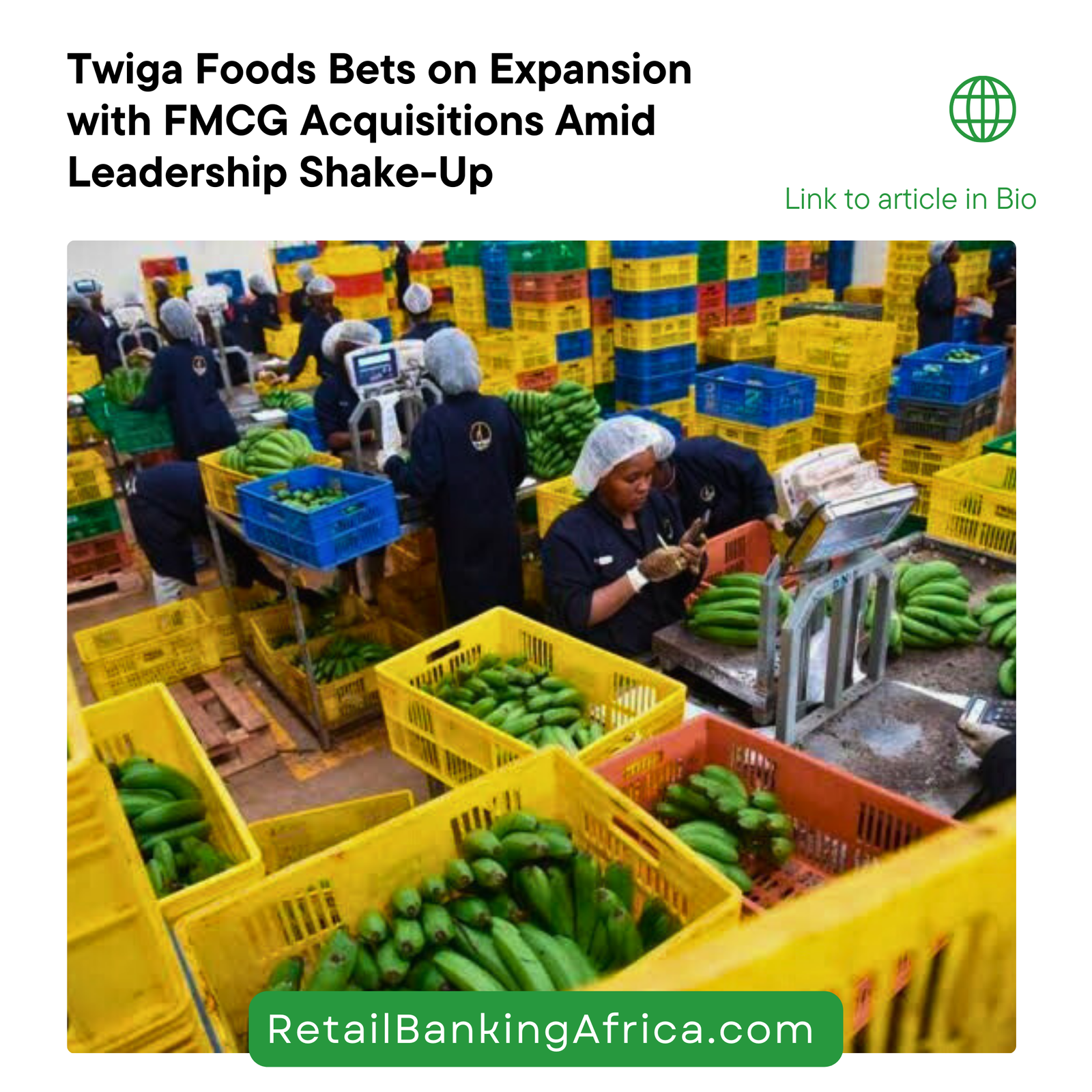After years of decline, Nigeria’s agricultural financing landscape is showing fresh signs of revival. As of May 2025, lending to the agricultural sector climbed to 5.33% of total bank credit, up from 4.82% in 2024, according to new data from the Nigeria Incentive-Based Risk Sharing System for Agricultural Lending (NIRSAL). The rebound marks the first meaningful recovery since 2022, when banks began retreating from agribusiness amid sectoral stagnation, poor loan recovery, and mounting risk.
NIRSAL’s role in this turnaround has been pivotal. In the third quarter of 2025 alone, the organization facilitated over ₦70 billion in commercial financing for agribusinesses — its strongest performance since inception in 2013. That figure represents nearly a quarter of the ₦270 billion mobilized to date, reflecting renewed confidence among lenders.
According to NIRSAL Managing Director, Sa’ad Hamidu, the progress signals that “agriculture can be commercially and sustainably financed.” He emphasized that NIRSAL’s combination of credit guarantees, deal structuring, and technical assistance has lowered risk perceptions and helped banks view farmers and agribusinesses as credible clients rather than charity cases.
Two newly licensed banks have entered the agricultural lending space this year, using NIRSAL’s frameworks to manage loan portfolios and strengthen recovery systems. Meanwhile, over 1,100 bank officers have been trained in agricultural finance, while value-chain actors are receiving guidance on commodity exports, feedlot management, and climate finance — part of NIRSAL’s broader push to professionalize the ecosystem.
The agency is also building the NIRSAL LandBank, a digital platform that connects farmers, processors, financiers, and policymakers. This innovation, alongside its partnership with the Rural Electrification Agency, aims to improve off-grid energy access for rural producers — addressing one of the sector’s biggest productivity barriers.
Despite these wins, agriculture’s overall lending share remains far below potential. The sector continues to suffer from low mechanization, underemployment, and informal structures, limiting the scalability of bankable projects. Still, analysts view the current uptick as a crucial inflection point.
With NIRSAL targeting ₦150 billion in total financing by year-end, the question now is whether Nigeria’s banking system is finally ready to treat agriculture as a profitable enterprise, not just a developmental duty. For now, the data hints at a cautious but meaningful shift in that direction.













